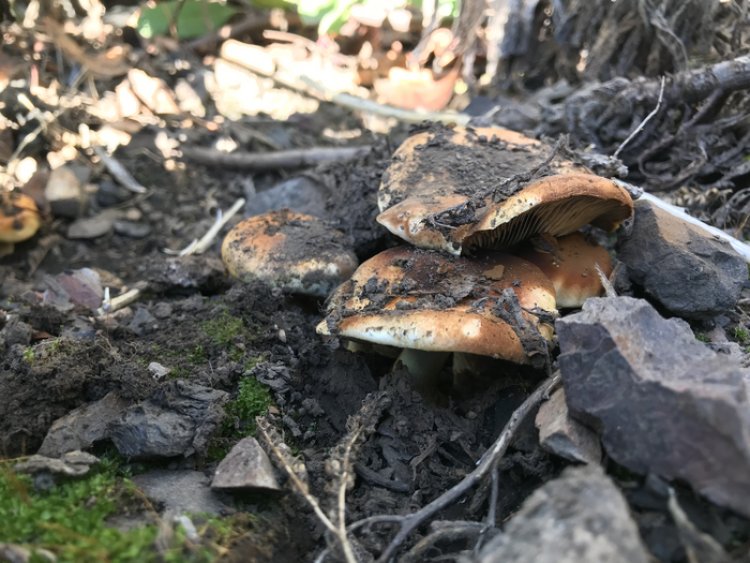Study finds how blaze affected bacteria, fungi over time

San Diego, California: Researchers at UC Riverside have discovered small organisms that not only survive but flourish in the first year following a wildfire. The discoveries might aid in putting out flames that are growing in size and intensity and revitalising the landscape.
The Holy Fire burned more than 23,000 acres across Orange and Riverside counties in 2018. Wanting to understand how the blaze affected bacteria and fungi over time, UCR mycologist Sydney Glassman led a team of researchers into the burn scar.
"When we first came into fire territory, there was ash up to my shins. It was a very severe fire," Glassman said.
The researchers visited the scar nine times over the course of the next year, comparing the charred earth with samples from nearby, unburned soil. Their findings, now published in the journal Molecular Ecology, show that the overall mass of microbes dropped between 50 and 80% after the fire, and did not recover during that first year.
However, some things lived. "Certain species increased in abundance, and in fact there were really rapid changes in abundance over time in the burned soils," Glassman said. "There were no changes at all in the unburned soils."
It wasn't just one type of bacteria or fungi that survived. Rather, it was a parade of microbes that took turns dominating the burned soil in that first post-fire year. "There were interesting, distinct shifts in the microbes over time. As one species went down, another came up," Glassman said.
In the early days, they found microbes with high tolerance for fire and high heat. Later, fast-growing organisms with a lot of spores -- able to take advantage of space with little microbial competition -- seemed to dominate. Toward the end of the year, organisms able to consume charcoal and other post-fire debris high in nitrogen tended to dominate.
Certain microbes called methanotrophs regulate the breakdown of methane, a greenhouse gas. Fabiola Pulido-Chavez, UCR plant pathology PhD candidate and first author of the study, noticed that genes involved in methane metabolism doubled in post-fire microbes.
"This exciting finding suggests post-fire microbes can "eat" methane to gain carbon and energy, and can potentially help us reduce greenhouses gases," Pulido-Chavez said.















































